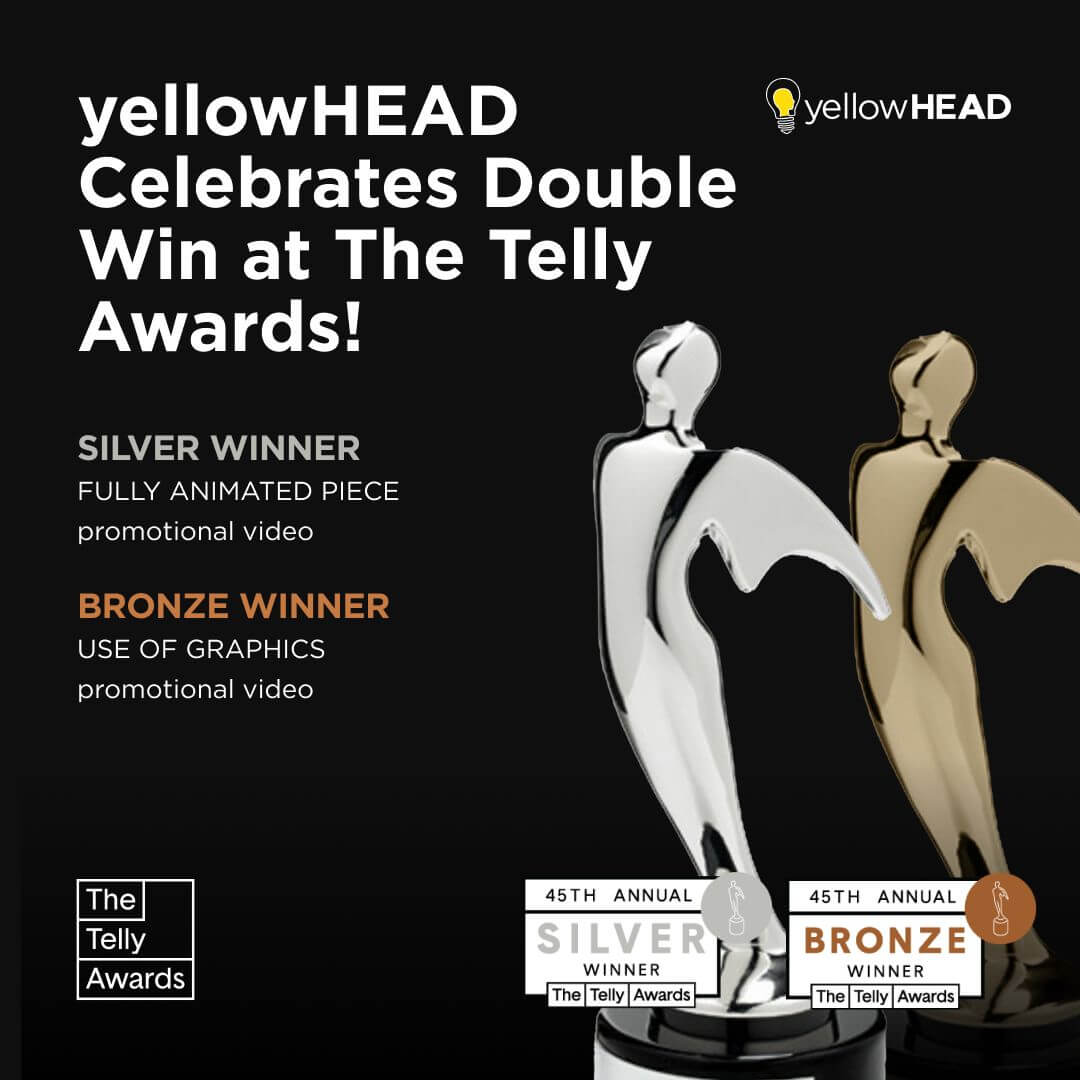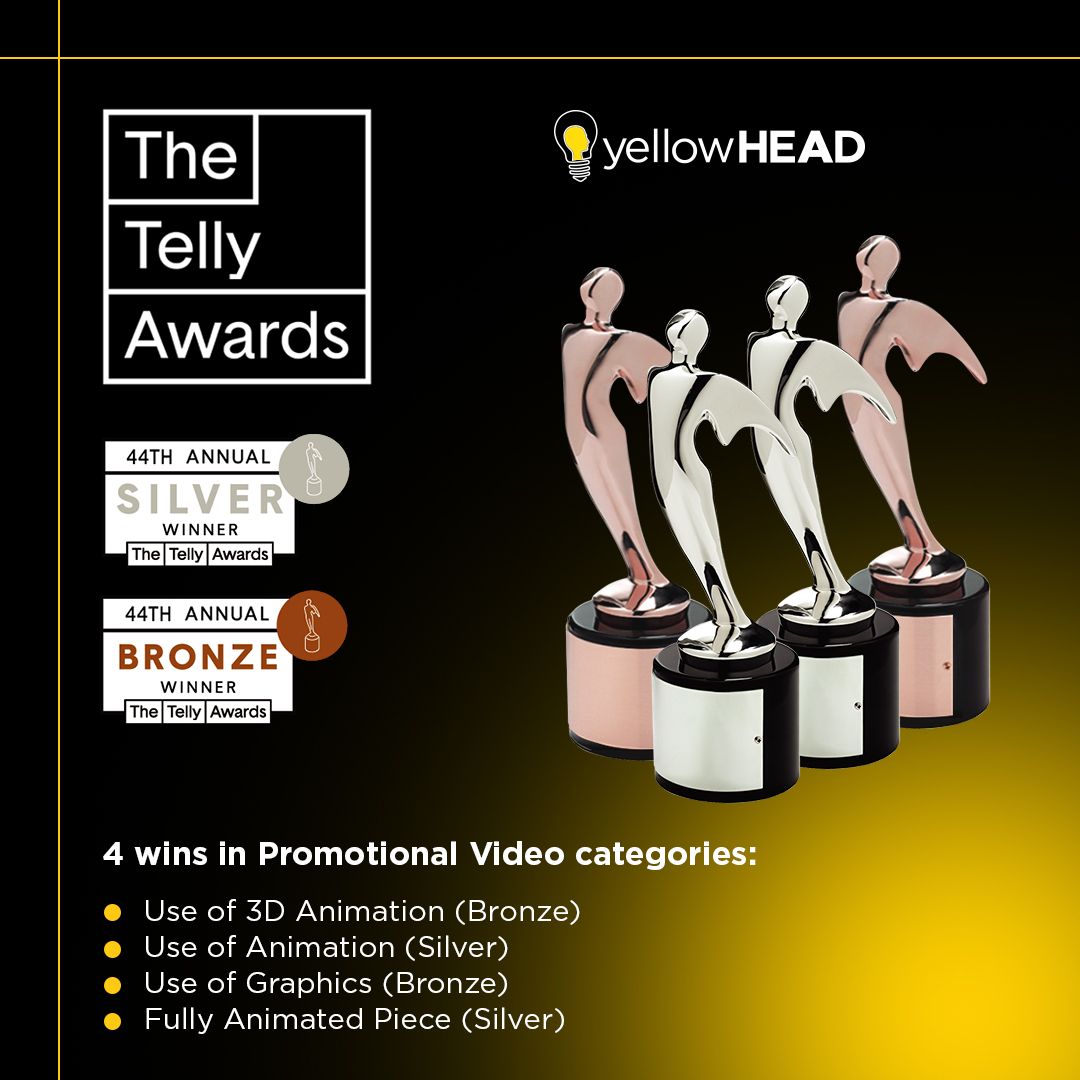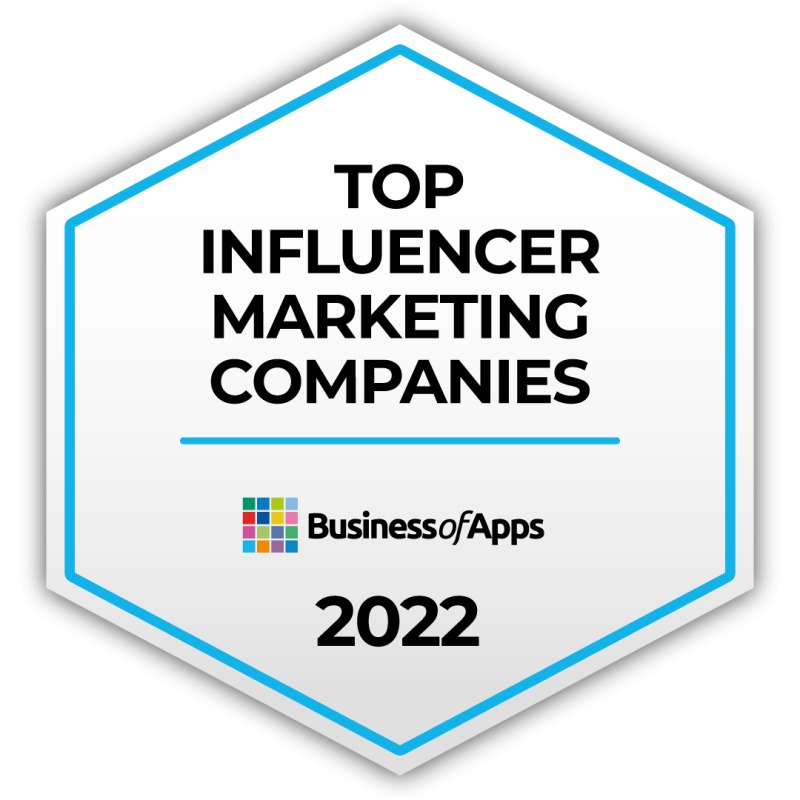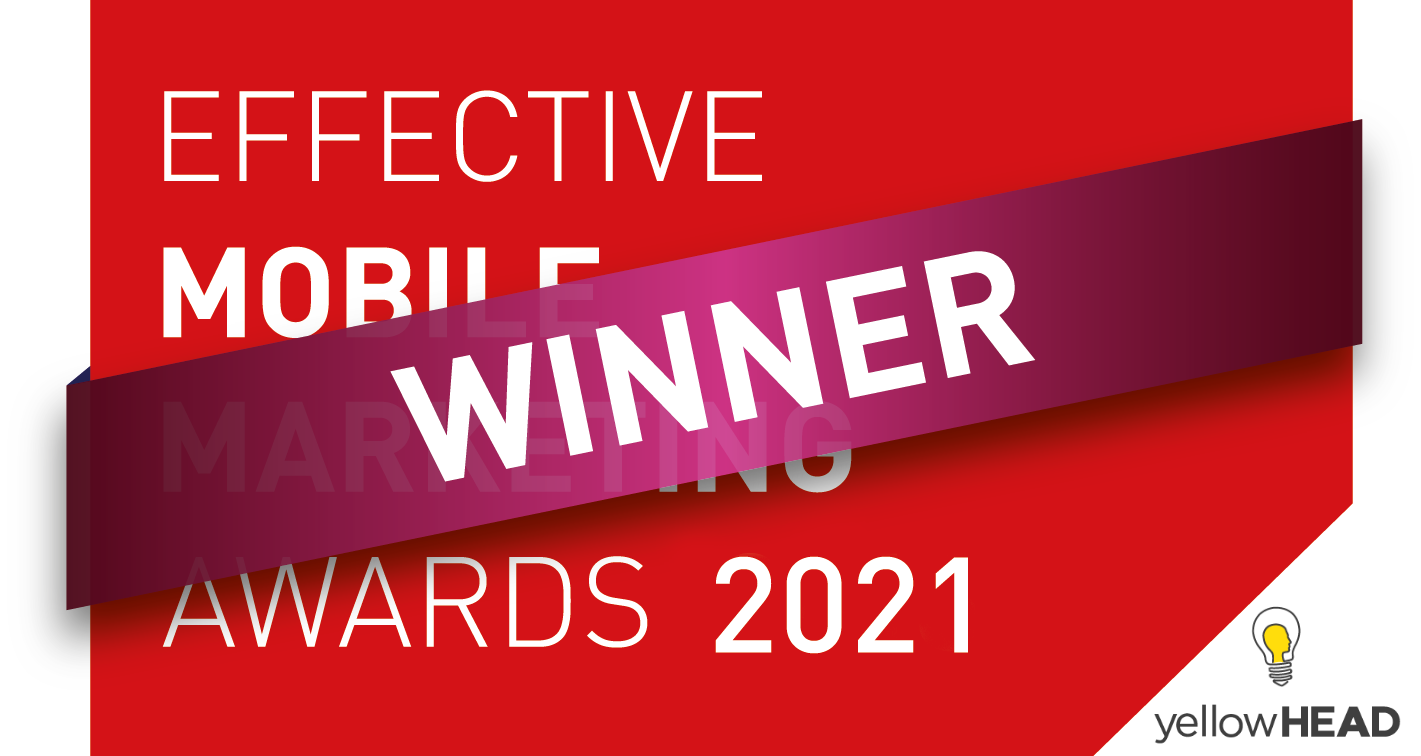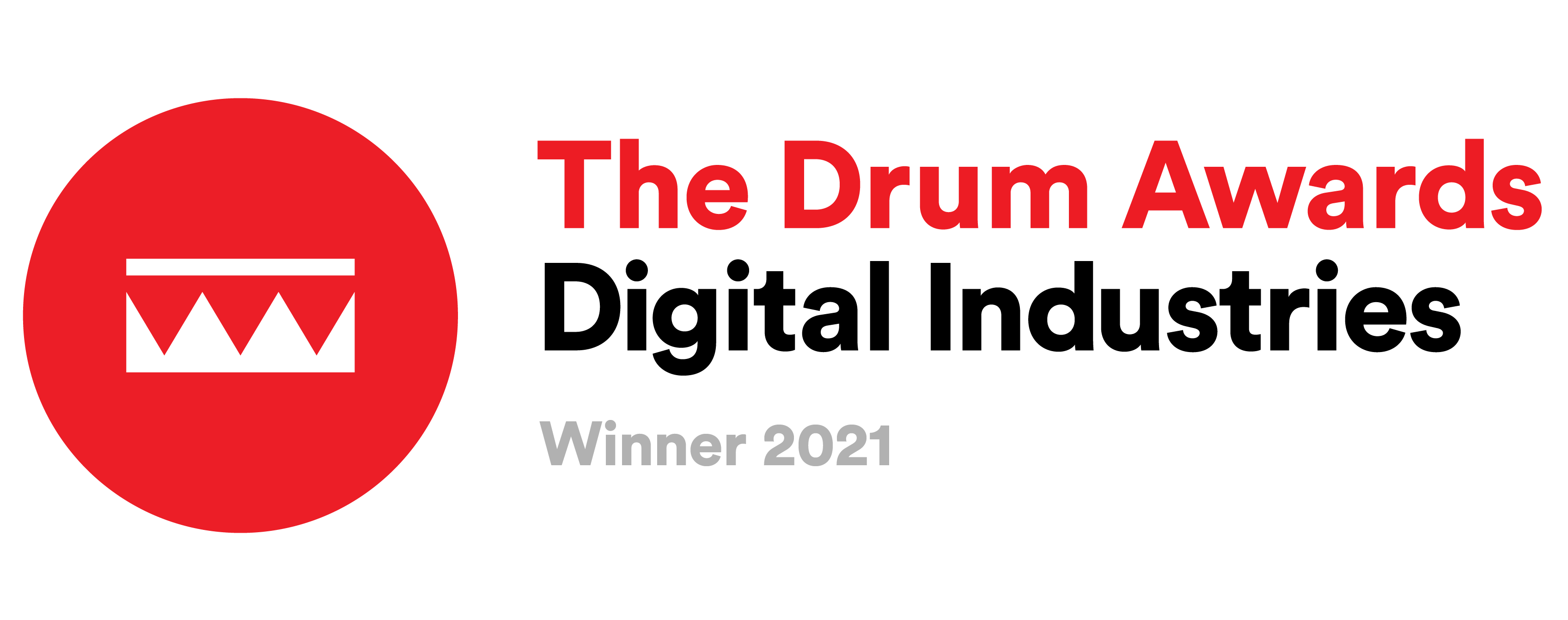Mastering Advertising Design in Performance Marketing: Balancing Authenticity and Branding

In today’s digital landscape, where every ad competes for attention, bold graphic design isn’t just an aesthetic choice—it’s a strategic tool in performance marketing. The goal? To grab attention, drive conversions, and ultimately improve results. But there’s more to it than just striking visuals. Graphic design also needs to strike the right balance between authenticity and branding, which can sometimes be a delicate dance—and one that’s easy to screw up.
But first, let’s talk about advertising design and “The Benefits of Using Bold Graphic Design”:
The Benefits of Bold Advertising Design
- Enhanced Brand Recognition
A clear and consistent advertisement design helps establish a strong brand identity. On platforms like Instagram, Google, and META, where user preferences shift constantly, your design can help make your brand instantly recognizable. So yes, performance can lead to awareness—but you’ve got to walk a fine line if you want to have your cake and eat it too. - Instant Attention-Grabbing
Attention spans are short. If your ad doesn’t grab attention within a couple of seconds—or even at the first glance—it’s likely to be scrolled past. Bold, eye-catching design helps your message land immediately and effectively. That doesn’t mean you need to use every color on the RGB palette at the same time. There’s a right way to do it! - Driving Action
Great design doesn’t just catch the eye—it moves the user to action. Whether it’s a “Buy Now” button or an enticing offer, a strong call-to-action (CTA) integrated into the design can lead to higher conversions. There’s no magic formula here—just A/B testing (and you can even throw in C/D/E/F variations too). - Reducing Friction
A seamless design, from the ad to the landing page, creates a frictionless experience that builds trust with your audience. Consistency in ad designing reduces confusion and encourages users to follow through with the desired action. I know it’s tempting to design assets that get a lot of clicks, but being “dishonest” with your assets can lead to a drop later in the funnel. And avoiding that saves you money in the long run.
The Advertising Design Challenge: Authentic Content vs. Branded Content
One of the key design challenges in performance marketing is balancing authenticity with branding. While it’s crucial to maintain a consistent, professional brand image, users increasingly value content that feels real and relatable—especially on social media. So how do you create designs that are both aligned with your brand and resonate with your audience?
Authentic Content
Authentic content connects with users on a personal level. It feels transparent, relatable, and real—often something consumers crave in a world of over-polished ads. Think user-generated content, behind-the-scenes shots, or raw visuals that reflect real-life scenarios. This approach can make your brand feel more approachable and trustworthy.
Branded Content
On the flip side, branded content focuses on creating a cohesive, professional image. This means using consistent colors, logos, and fonts that reflect your brand’s identity and messaging. Branded content often feels polished and sophisticated, which builds credibility and positions your brand as a trusted leader.
The Tension: Authentic vs. Branded
The challenge lies in finding the right balance between authenticity and branding. Too much emphasis on authenticity can make your brand feel disconnected or inconsistent—and if you’re counting on “performance as awareness,” this approach may not work. On the other hand, overly branded content can come off as too “salesy” or impersonal. Finding the right balance between authenticity and branding is key to achieving successful creative advertising design.
Great examples for advertising design balance in performance
1. Nike – managed to take real life moment and incorporate it in a design that make you feel like every day person can look and feel like a world class athlete
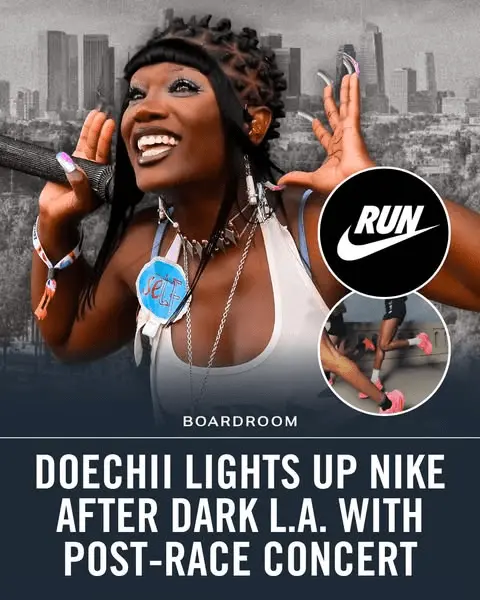
2. Pampers which captures real parenting moments into an ad all real UGC – no stock look & feel

For instance, social platforms like Instagram and TikTok have shifted toward raw, unfiltered content. Brands that try to mimic this rawness without aligning it with their identity may come across as inauthentic.But, on the flip side, overly polished designs can seem out of place in these environments. Many brands struggle with this balance. Here are some tips and ideas to get it right.
Finding the Right Advertising Design Balance
- Know Your Audience
Understand what resonates with your target audience. Some segments may appreciate polished, branded aesthetics, while others may prefer a more casual, authentic approach. - Blend the Two Approaches
It’s possible to combine both elements by keeping your brand’s colors, fonts, and logos while using more natural, user-centric visuals. Subtlety is key. If you feel like it’s too branded while observing the asset, then it probably is. - Stay True to Your Brand’s Voice
Authenticity doesn’t mean abandoning your brand’s personality. Your advertising designer should reflect your mission, values, and style, even if the visuals are more raw or informal. This also applies to your copywriting. Think of it as a younger version of yourself. The core is the same. Branded content is the “mature you,” while authentic content is the “young you”—find a way to combine the best of both. - Test and Iterate
Testing different design variations is crucial. A/B testing with both authentic and branded designs helps identify what works best with your audience and improves conversion rates.
Quick Recap:
- Bold graphic design is a game-changer in performance marketing—it grabs attention, gets people to act, and boosts conversions.
- Finding the sweet spot between authentic and branded content is key to connecting with your audience while staying true to your brand.
- Get to know your audience and test out different designs to see what really clicks with them.
- Keep your design consistent and make sure your calls-to-action (CTAs) are clear to help smooth the way for better results.
- Try and fail as many times as possible. The winner is just around the corner!
In the end, effective advertising design in performance marketing isn’t just about looking good—it’s about strategically influencing your audience to take action, all while staying true to your brand.
Ready to elevate your creatives and strike the perfect design balance? Let’s chat about how yellowHEAD’s creative team can help you craft ad assets that perform—and still feel like you.
Get in touch →
